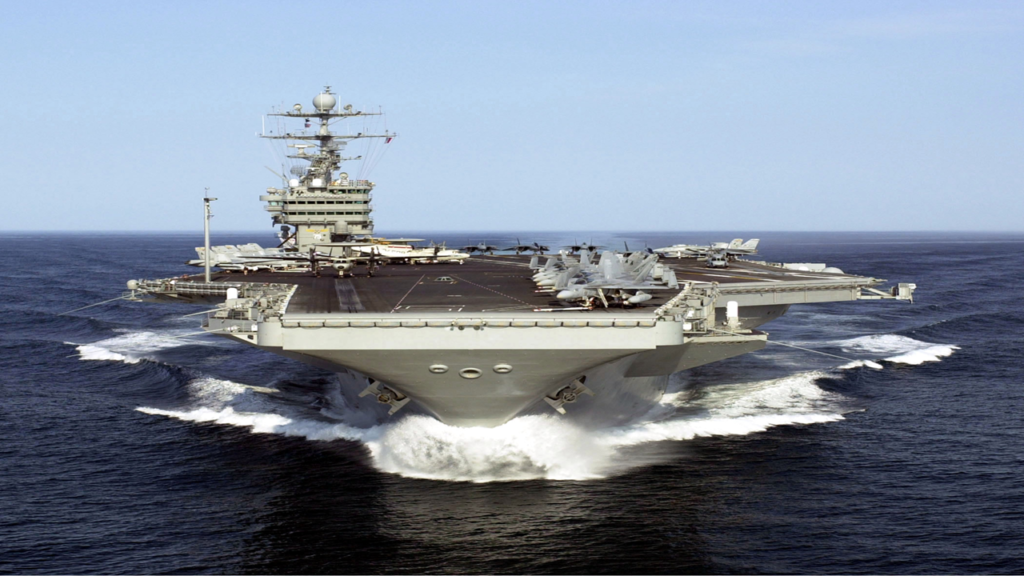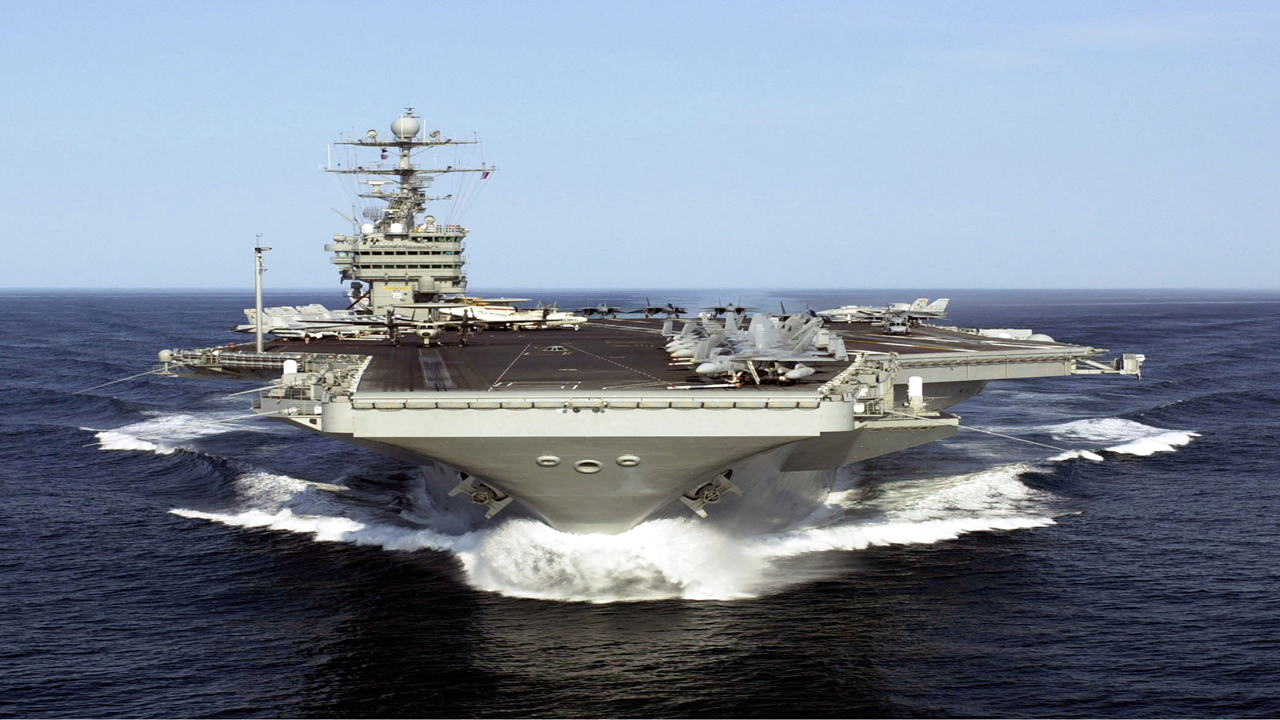
Gulf of Oman – In a display of decisive action, the U.S. Navy successfully prevented Iran from seizing two commercial tankers in the Gulf of Oman on Wednesday. These incidents mark the latest in a series of attacks and seizures on vessels in the region since 2019, highlighting the escalating tensions in the area.
The first seizure attempt occurred at approximately 1 a.m. local time on the TRF Moss, an oil tanker flying the flag of the Marshall Islands. The USS McFaul, a U.S. Navy guided-missile destroyer, swiftly responded to the distress call and arrived at the scene, effectively thwarting the seizure, according to a statement issued by the U.S. Naval Forces Central Command (NAVCENT).
Recognizing the gravity of the situation, the U.S. Navy deployed additional “surveillance assets,” including the MQ-9 Reaper drone and a P-8 Poseidon maritime patrol aircraft, to closely monitor the unfolding events.
However, the second attack proved to be more aggressive. The Iranian navy opened fire on the Richmond Voyager, a crude carrier managed by Chevron. Thankfully, all crew members onboard the vessel were confirmed to be safe, Reuters reported.
NAVCENT confirmed that approximately three hours after the initial seizure attempt, the USS McFaul changed its course “at maximum speed” in response to a distress call from the Bahamian-flagged oil tanker. A separate Iranian naval vessel approached the Richmond Voyager, ordering the commercial ship to halt its course.
“Iranian personnel fired multiple, long bursts from both small arms and crew-served weapons,” stated NAVCENT. Despite several rounds hitting the ship’s hull near crew living spaces, the Richmond Voyager sustained no significant damage, and there were no casualties.
Once again, the Iranian vessel retreated from the scene after the arrival of the USS McFaul in the vicinity, just off the coast of Oman. Vice Adm. Brad Cooper, commander of U.S. Naval Forces Central Command, U.S. 5th Fleet, and Combined Maritime Forces, expressed his pride in the response of the U.S. Naval Forces Central Command team, particularly the crew of the McFaul, for their swift action in preventing another seizure. He emphasized their vigilance in protecting navigational rights in these critical waters.
NAVCENT confirmed that Iran’s navy has escalated its aggression in the area since 2021, having attacked or seized nearly 20 internationally flagged merchant ships. In response to these hostile actions, the United States bolstered the number of rotational ships and aircraft patrolling the Strait of Hormuz in coordination with its allies. This move aims to deter threats to commercial shipping and provide reassurance to regional mariners.
As tensions continue to mount in the Gulf of Oman, the international community closely observes developments in the region, emphasizing the need for concerted efforts to maintain stability and ensure the safety of commercial vessels navigating these critical waters.
